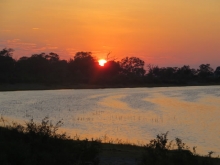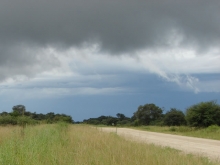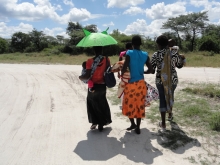Climate
In contrast to the rest of Namibia, the Zambezi Region has a hot tropically humid climate with higher rainfall, lower evaporation and warmer winters.
Rainfall
Even though the Zambezi Region receives more precipitation, rainfall is highly variable from year to year and from one place to another. It also experiences periodic droughts. Average annual rainfall in the landscape is around 500 - 650 mm. Almost all rain falls in the summer months (November to April), peaking in January and February.
Temperature
During the summer months the average temperature during the day reaches 35°C, falling to about 20°C at night. In winter the daytime temperature rises to around 28°C, but the nights can be comparatively cold, at 7° C or less.
Relevant literature
-
Namibia Climate Change Vulnerability and Adaptation Assessment
Ministry of Environment and Tourism. 2008. Climate Change Vulnerability and Adaptation Assessment Namibia. Final Report
Vulnerability and Adaptation assessment to climate change carried out in preparation of the Second National Communication in meeting Government’s obligations to the UNFCCC. The report addresses the vulnerability of the water and agricultural sectors to climate change, and suggest adaptation measures to cope with the expected impacts. Vulnerability is placed in the socio-economic contexts of rural areas, in particular the Karas and Caprivi regions.» Download






